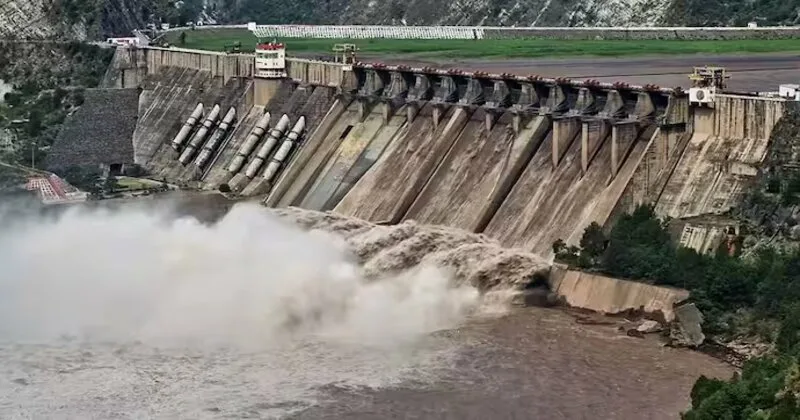
In the aftermath of suspending the Indus Water Treaty (IWT) following the Pahalgam terror attack, India has launched a multi-pronged water strategy to regulate the flow of the Indus, Jhelum, and Chenab rivers. Immediate steps include flushing and desilting the Baglihar and Salal hydroelectric plants on the Chenab River to enhance water storage capacity ahead of winter. These operations, now unhindered by treaty restrictions, aim to remove sediment and increase reservoir efficiency, according to experts like former Central Water Commission Chairman Kushvinder Vohra.
In the medium term, India is fast-tracking key hydropower projects such as Pakal Dul, Ratle, Kiru, and Kwar to boost energy output and control over water resources. Smaller projects like Baglihar and Kishanganga are undergoing swift flushing, while authorities also consider diverting water previously allocated to Pakistan from Kishanganga for domestic power use. These efforts are part of a strategic shift to fully utilise India’s share of western river waters.
Long-term plans include significantly scaling up hydroelectric capacity in Jammu & Kashmir from 4,000 MW to over 10,000 MW through the construction of four new hydropower projects. India also intends to revive the Tulbul navigation project, enhance flood control measures on the Jhelum and Wullar Lake, and introduce lift irrigation schemes for faster water access. Existing infrastructure like the Ranbir and Pratap canals will also be optimally used to support water needs in the Jammu region.

Post Your Comments